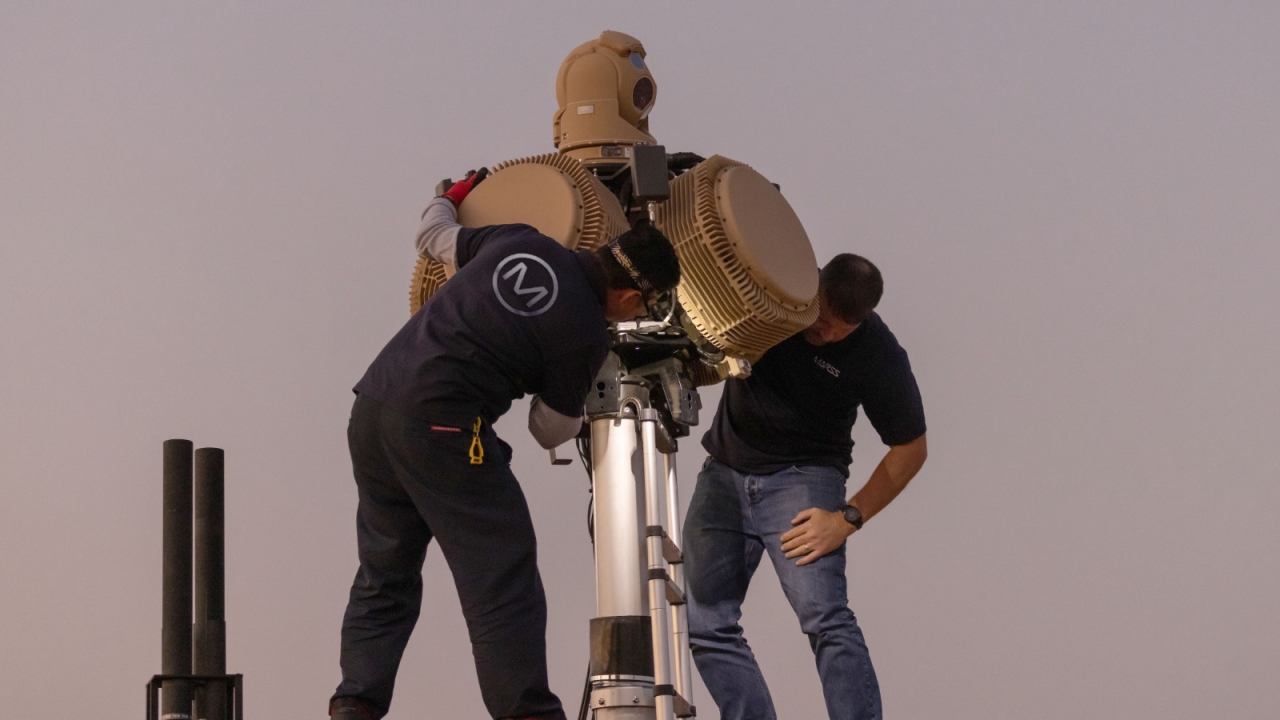Syria gains more upgraded Su-24M2 bombers
The Syrian Arab Armed Forces are receiving 10 examples of the Sukhoi Su-24M2 'Fencer-D' attack aircraft from Russia, augmenting an unknown number of existing 'Fencers'. Jon Lake reports.

Before the on-going deliveries began, Syria had received 22 Su-24s in total.
Some 20 downgraded Su-24MK export versions were delivered from the Soviet Union in 1990, and these were augmented in the mid-1990s by single examples of the Su-24MK and the Su-24MR reconnaissance aircraft, which were donated by Libya after Syria provided support for Libya’s own ‘Fencer’ fleet.
The aircraft are operated by 819 squadron at T4 (Tyas) Airbase in Central Syria, though they have been detached to operate from other airfields, and have been seen in the south.
A contract to upgrade all 21 bomber versions to the latest Russian air forces Su-24M2 standard was signed in 2009 and work at the 514th ARZ (aircraft repair plant) at Rzhev began in 2010. The contract also covered the training of Syrian pilots and maintenance personnel on the new variant and its systems.
The upgrade will bring the aircraft up to the same standard as Russian ‘Fencers’ that have been modernised under the ‘Gefest’ and ‘Sukhoi’ programmes, which began in 1999 and 2000, and completed in 2009.
The upgrade will significantly enhance the capabilities of the Syrian Su-24s, and promises to improve availability and maintainability, as well as combat effectiveness.
Highlights of the upgrade include a new weapons control system, allowing the carriage of a greater range of weapons, including modern precision-guided missiles, a new SVP-24 navigation and weapons aiming system incorporating both GPS and global navigation satellite systems (GLONASS), and a new ILS-31 head-up display (HUD).
Though the upgrade allows a significant improvement in bombing precision and accuracy, in practice, the Syrian Su-24M2s continue to rely most heavily on unguided freefall FAB, OFAB and RBK series bombs.
It has been reported that most of the upgrades were completed in 2013 and that “more than half of the 21 upgraded Su-24s made it back to Syria”, though it has also been reported that up to 10 aircraft were not re-delivered, thanks to international embargos against Syria.
Satellite photos showed between five and eight aircraft in Syrian camouflage parked on the flightline at Rzhev, swathed in tarpaulins, late last year.
It remains unknown as to whether the ‘new’ deliveries are actually additional aircraft, or whether they are simply the balance of the aircraft upgraded under the 2009 contract.
One Su-24M2 has already been lost in action, being shot down over Daret Izzah in the Aleppo province on November 28 2012. Despite this setback, the Su-24M2 has become the most important type in the Syrian inventory, with other aircraft being increasingly ‘war weary’ and lacking in relevant capabilities.
On September 2 2013, Syrian Su-24s attempted to probe British air defences at Akrotiri on the island of Cyprus, but were turned back. They were also used to probe Turkish air defences the following month. This was hazardous work.
After the shooting down of a Turkish jet by Syrian forces in 2012, Turkey changed its rules of engagement so that any “military elements” approaching from Syria would be considered as a threat and would be dealt with accordingly. Subsequently, Turkey shot down a Syrian Mi-17 helicopter in September 2013, and destroyed a MiG-23 fighter-bomber in March 2014. About one year later, on November 24 2015, a Russian Sukhoi Su-24M2 was shot down by a Turkish Air Force F-16 fighter jet near the Syria-Turkey border.
With growing US pressure, Russia stepped down its attacks against the ‘moderate’ insurgent groups supported by the west, and the supply of more Su-24M2s to Syria could be seen as a deliberate effort to help the Assad regime to circumvent US and NATO attempts to confine its attacks to the so-called IS (Daesh) and Al-Nusra Front.
The Syrian Air Force has certainly significantly stepped up its involvement in the fighting, undertaking up to 30 sorties a day.
In August 2016, Syrian Su-24M2s, attempting to engage targets in north-eastern Syria where US special operations forces were operating alongside Kurdish forces, were intercepted by US F-22A Raptors and turned away. While the US supports the Kurds, who have been heavily involved in operations against so-called IS, the Syrian regime has been fighting against Syrian Kurdish groups.
On two occasions, the Syrian ‘Fencers’ were simply turned away, but there must be a real chance that they will be engaged and shot down, should they continue to provoke the US Air Force.
Stay up to date
Subscribe to the free Times Aerospace newsletter and receive the latest content every week. We'll never share your email address.

